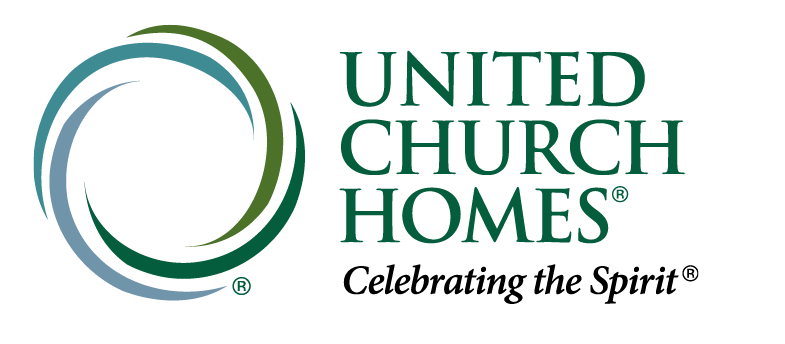Highlights from this week’s conversation include:
- Abby’s background and motivation for her work (0:29)
- Defining Longevity Tech (4:43)
- Investment Areas (7:18)
- Challenges in the Healthcare System (11:16)
- Preventative Measures and Individual Behavior (12:43)
- Gamification and Engaging Older Adults (19:38)
- Financial Savings and Design (23:59)
- Reliability and Customer Satisfaction (26:56)
- Immersive Embedding and User-Centric Product Development (28:04)
- Trends in Longevity Tech (31:21)
- Challenges and Opportunities in Aging Space (34:58)
- Workforce Longevity and Housing Solutions (36:11)
- Questions on Abundant Aging for Abby (42:04)
- Connecting with Abby and final takeaways (43:33)
Abundant Aging is a podcast series presented by United Church Homes. These shows offer ideas, information, and inspiration on how to improve our lives as we grow older. To learn more and to subscribe to the show, visit abundantagingpodcast.com.

